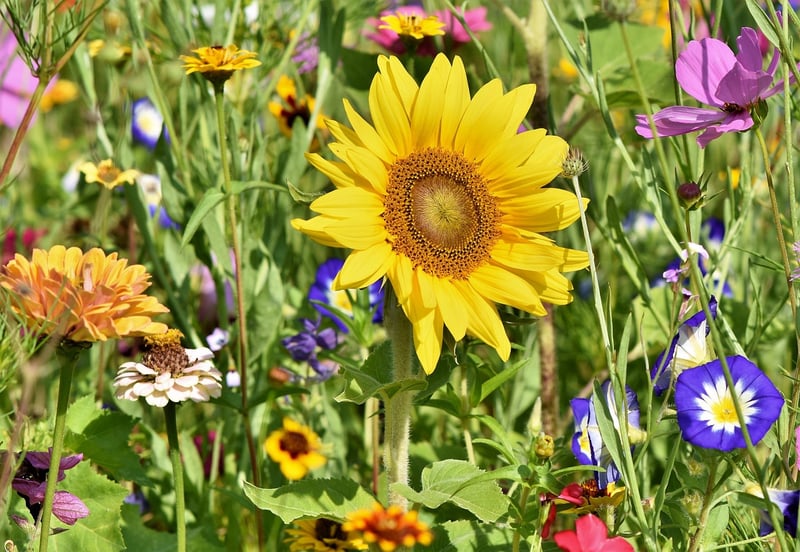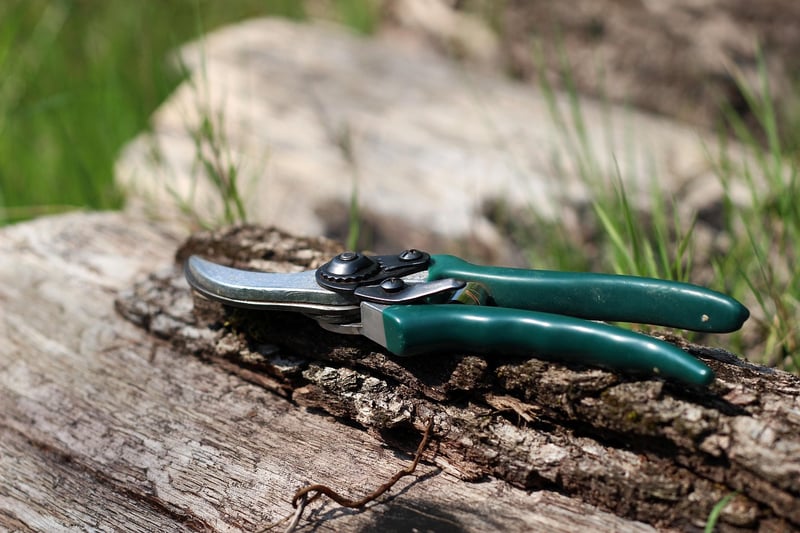Pruning Guidelines
Keep Your Garden Healthy: Pruning Guidelines

Having a healthy garden not only enhances the beauty of your outdoor space but also promotes the well-being of your plants. One essential aspect of garden maintenance is pruning. Pruning helps plants thrive by removing dead or overgrown branches, improving airflow, and shaping growth. Here are some pruning guidelines to keep your garden in top shape:
1. Choose the Right Tools
Invest in high-quality pruning shears, loppers, and saws to make clean cuts without damaging the plants. Clean and sharpen your tools regularly to prevent the spread of diseases.
2. Know When to Prune
Research the specific needs of each plant in your garden as pruning times can vary. In general, prune flowering shrubs after they bloom, fruit trees in late winter, and evergreen trees in early spring.
3. Identify the Branches to Remove
Look for dead, damaged, or diseased branches to remove first. Then, focus on crossing branches that rub against each other and weak branches that hinder the plant's growth.
4. Follow Proper Pruning Techniques
Make cuts at a 45-degree angle just above a node or bud to encourage healthy regrowth. For larger branches, use the three-cut method: make an undercut, followed by a top cut to prevent tearing.
5. Consider Plant Health
Pruning stimulates growth, so avoid over-pruning, which can weaken the plant. Balance the removal of branches to maintain the plant's natural shape and overall health.
6. Clean Up After Pruning
Remove all debris from the garden to prevent the spread of pests and diseases. Dispose of pruned branches properly or consider composting them if suitable.
By following these pruning guidelines, you can ensure a healthy and thriving garden throughout the year. Regular pruning not only improves the appearance of your plants but also promotes their longevity and productivity.

Remember, each plant has its own pruning requirements, so take the time to understand the needs of your garden's flora. With proper care and attention, your garden will flourish and provide you with joy for years to come.
